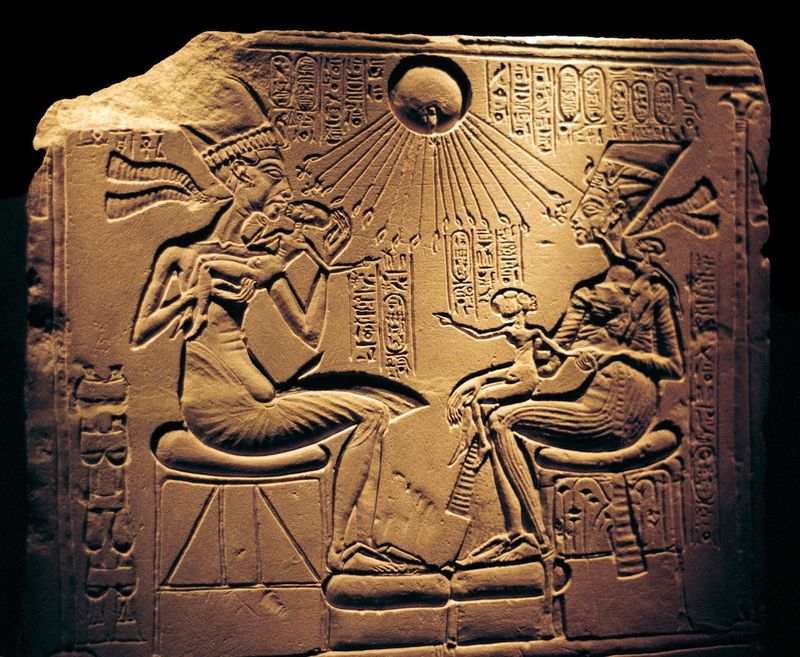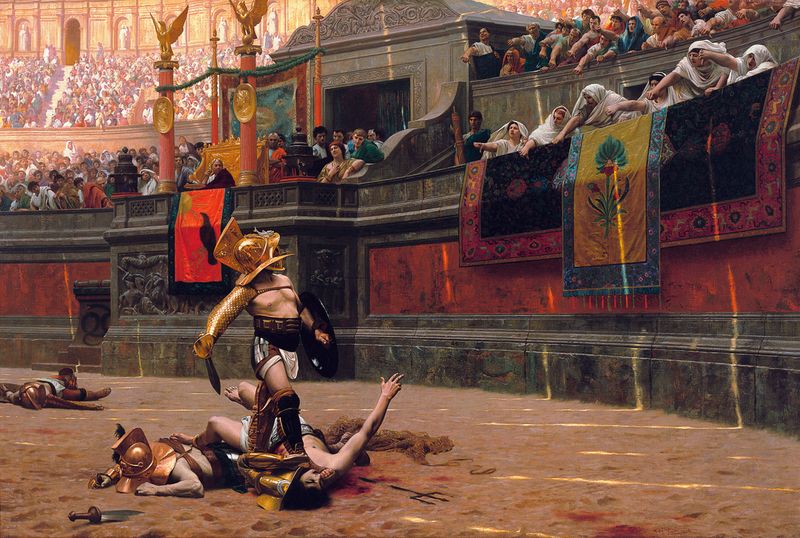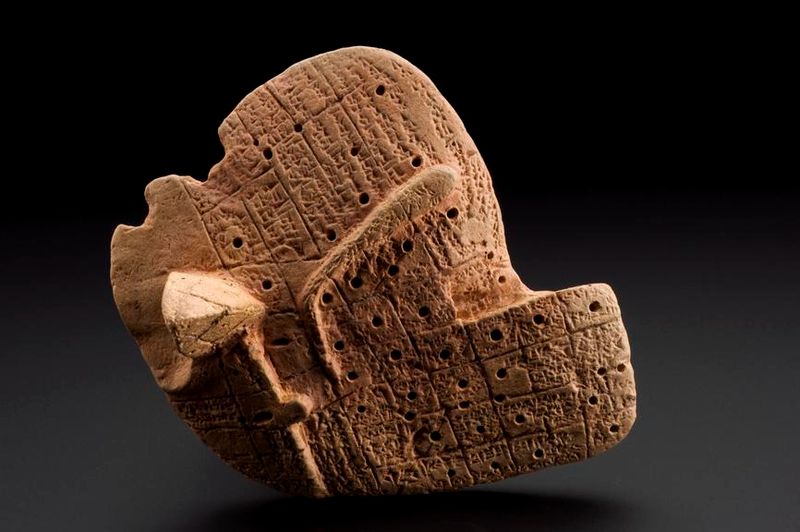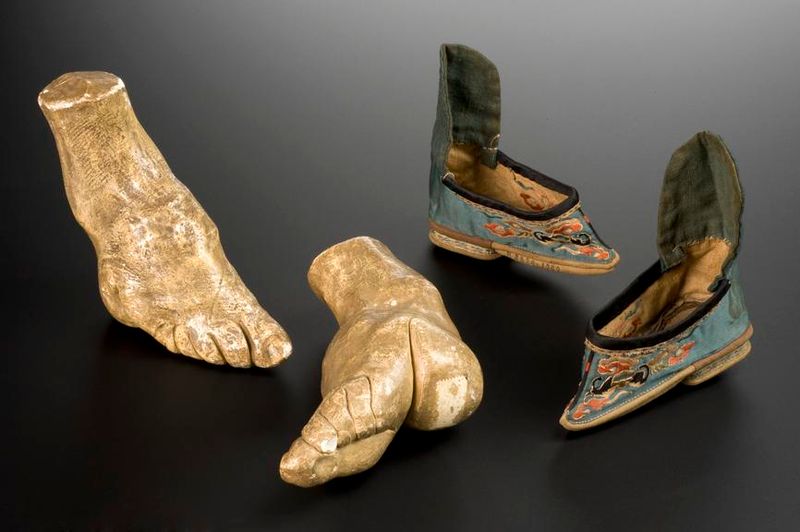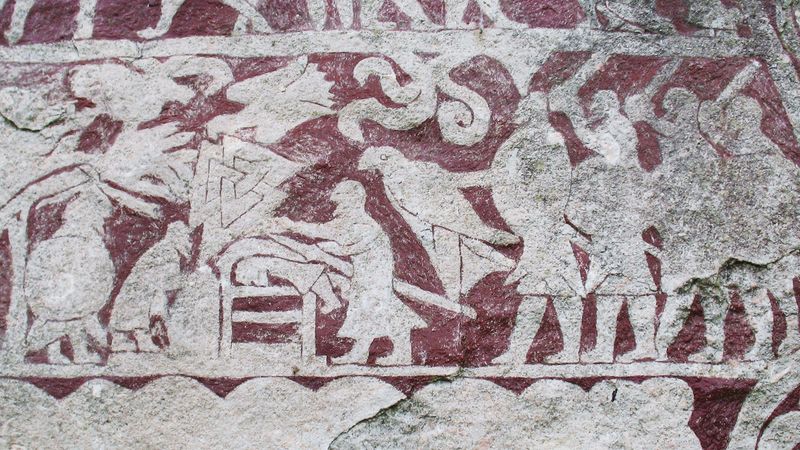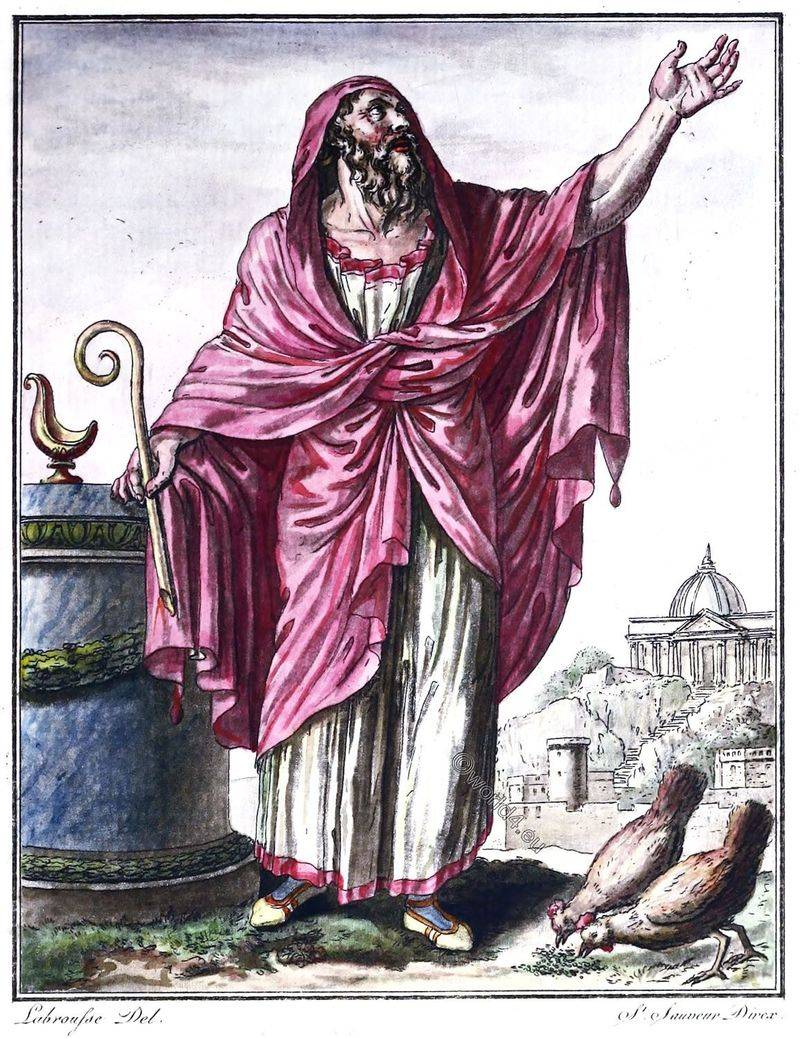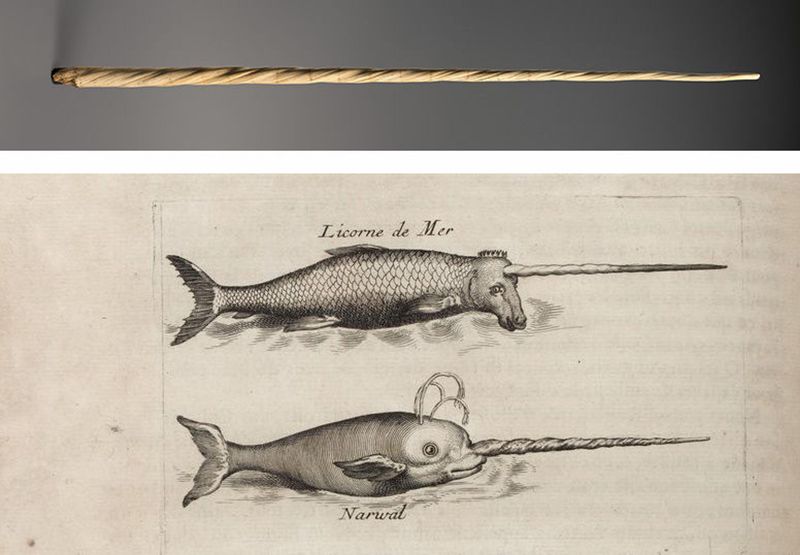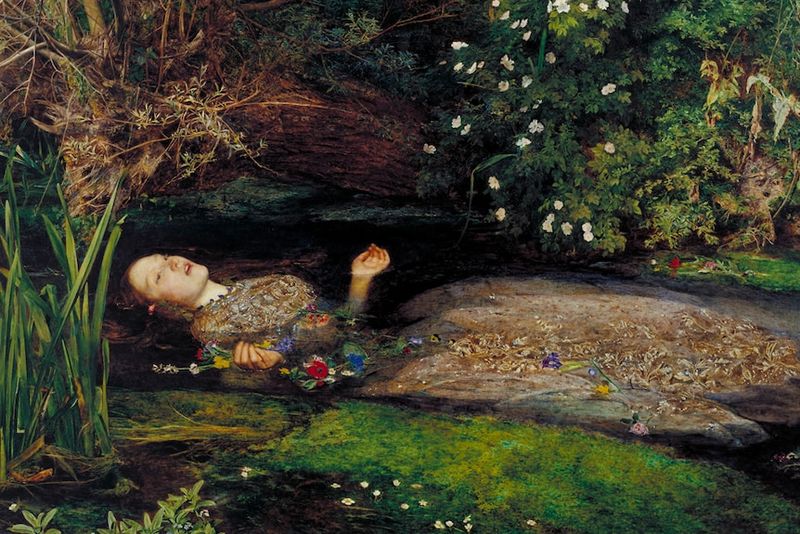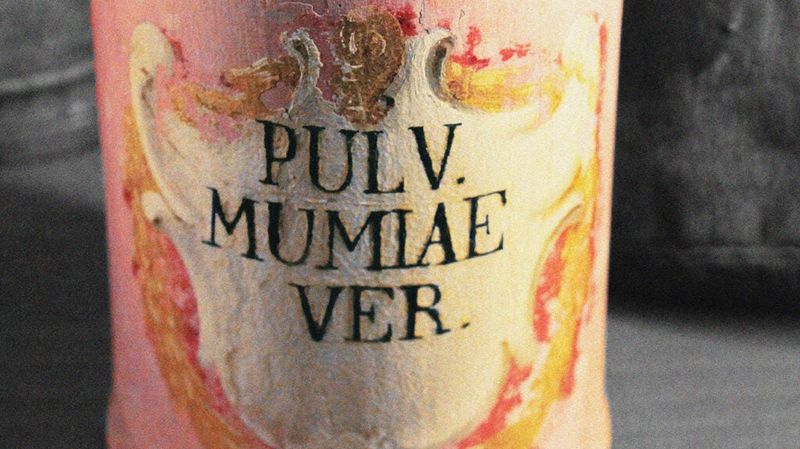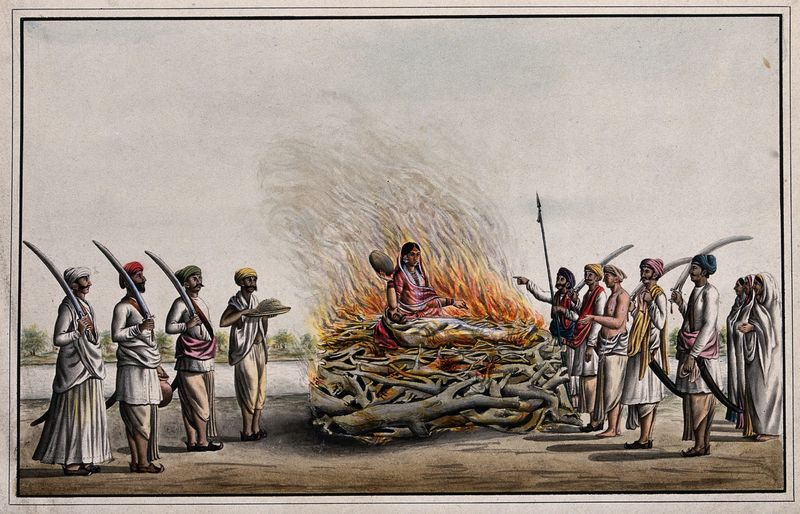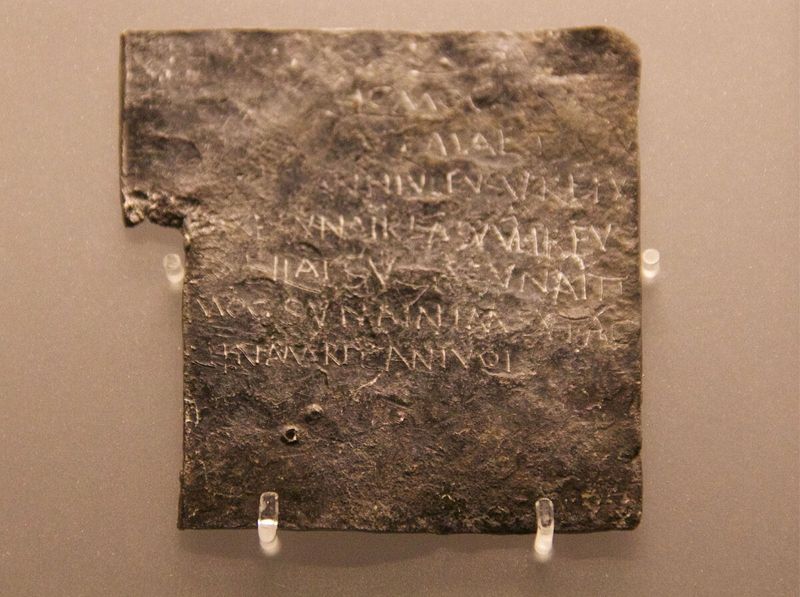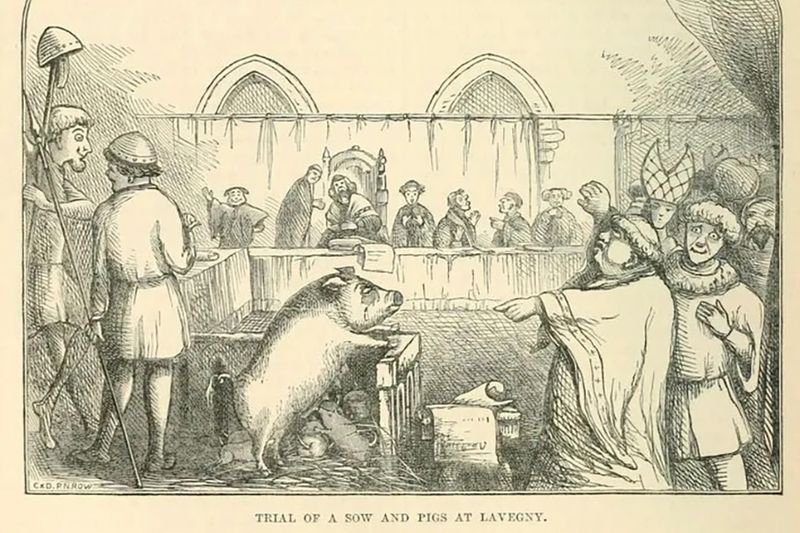History reveals that our ancestors embraced some truly bizarre beliefs to explain their world. Ancient civilizations developed peculiar customs, superstitions, and practices that shaped their daily lives and decisions. From magical medical treatments to supernatural omens, these strange beliefs offer us a fascinating glimpse into how differently people once understood reality.
1. Curse of the Pharaohs
Opening an Egyptian tomb wasn’t just archaeology—it was tempting fate. Ancient Egyptians meticulously protected royal tombs with curses written on walls and artifacts, warning that disturbers would face the wrath of the gods.
When Lord Carnarvon, financial backer of Tutankhamun’s tomb expedition, died mysteriously just weeks after the tomb’s opening in 1922, newspapers worldwide spread tales of the “mummy’s curse.” Several other expedition members died unexpectedly in the following years.
The power of this belief was so strong that some workers refused to enter newly discovered tombs unless protective spells were performed first.
2. Gladiator Blood as Medicine
Romans flocked to the arena not just for entertainment, but for what they considered premium healthcare. Physicians prescribed fresh gladiator blood as a cure for epilepsy, believing that consuming the vital fluid of these mighty warriors transferred their strength and vitality.
After a gladiator fell, attendants would rush to collect their blood in cups, selling it warm to eager patients waiting in the stands. The wealthy even paid extra for blood from famous fighters, considering it more potent.
This macabre practice continued for centuries, with Roman medical texts seriously recommending it alongside other blood-based remedies.
3. Liver Reading Divination
Mesopotamian priests were essentially spiritual detectives who read animal livers like fortune tellers read palms. After sacrificing a sheep, they would carefully extract its liver, believing this organ—with its complex network of blood vessels—served as a miniature map of the universe.
Clay models of livers divided into sections have been discovered, showing how different markings predicted everything from military victories to coming famines. Kings wouldn’t declare war without consulting these liver-readers first.
The practice spread throughout the ancient world, with Babylonian, Etruscan and Roman priests all developing their own liver-reading techniques.
4. Sneezing as Divine Messages
That simple “achoo” once carried profound meaning in ancient Greece. When someone sneezed during a conversation, everyone would immediately pause, believing the gods had momentarily possessed the sneezer to deliver a message.
Direction mattered immensely—a sneeze to the right signaled divine approval for plans being discussed. A sneeze to the left? Abandon your intentions immediately! Military generals sometimes delayed entire battles after a soldier sneezed at an inauspicious moment.
Even Socrates referenced this belief, noting that his own “divine sign” sometimes came through sneezes that guided his philosophical inquiries.
5. Human Sacrifice for Rain
Mayan civilization flourished in a challenging environment where rain determined survival. During severe droughts, priests turned to the ultimate offering—human sacrifice—to appease Chaac, their powerful rain deity.
Victims, considered sacred messengers rather than mere casualties, were adorned with jade jewelry before being thrown into sacred cenotes (natural sinkholes). Archaeological evidence confirms this practice; divers have recovered skeletons of sacrificial victims from these watery depths.
Most shocking to modern sensibilities, many victims volunteered willingly, believing their deaths would bring life-giving rain and elevated status in the afterlife for themselves and their families.
6. Painful Foot Binding Tradition
For nearly a millennium, Chinese girls as young as four endured excruciating pain as their feet were systematically broken and bound into the coveted “three-inch golden lotuses.” The process involved breaking the arch and curling the toes under the foot, then wrapping them tightly with bandages that were regularly tightened.
Women with bound feet could barely walk independently, often requiring servants’ assistance. Yet families persisted with this crippling practice because unbound feet made daughters unmarriageable among certain social classes.
Remarkably, this wasn’t a practice imposed by men alone—mothers and grandmothers typically performed the binding, believing they were securing their daughters’ futures.
7. The Brutal Blood Eagle Execution
Viking sagas describe a particularly horrific execution method that blended brutality with religious significance. The blood eagle involved cutting open the victim’s back, breaking their ribs outward to resemble wings, and pulling out their lungs while they still lived.
Historians debate whether this practice was real or literary exaggeration, but the Vikings believed this offering to Odin ensured the victim couldn’t enter Valhalla. The ritual was reportedly reserved for the most hated enemies, particularly those who had killed someone’s father.
The symbolic transformation into a bloody eagle represented the victim’s spirit being sent directly to Hel, the underworld, rather than the honored warrior’s paradise.
8. Bird-Watching for Guidance
Roman augurs weren’t just bird enthusiasts—they were professional fortune-tellers who shaped empire-wide decisions based on avian behavior. These respected priests would mark out a sacred viewing area in the sky, then carefully observe which birds flew through it and in what direction.
Birds flying to the right (east) signaled divine approval, while those flying left suggested the gods opposed the proposed action. The type of bird mattered too—eagles represented Jupiter’s direct influence, while ravens were messengers of Apollo.
No Roman general would begin a military campaign without favorable bird signs, and political assemblies would immediately disband if an augur reported unfavorable omens.
9. Narwhal Tusks as Unicorn Horns
Medieval Europeans paid astronomical sums for what they believed were magical unicorn horns—actually narwhal tusks from the Arctic. These spiral protrusions, sometimes selling for ten times their weight in gold, were believed to neutralize any poison upon contact.
Royalty protected themselves from assassination by drinking from “unicorn” cups or keeping horn pieces nearby during meals. The Danish throne was even made using these supposed unicorn horns, creating what was considered an impenetrable shield of supernatural protection for the monarch.
Merchants fueled this lucrative deception by fabricating elaborate stories about brave hunters capturing the elusive unicorns in faraway lands.
10. Purification Through Sweat Baths
Aztecs viewed sweating as far more than physical cleansing—their temazcal sweat lodges were portals for spiritual transformation. These dome-shaped structures represented the womb of the earth goddess Tonantzin, where participants underwent symbolic rebirth through intense heat and steam.
Warriors purified themselves before battle, pregnant women prepared for childbirth, and the sick sought healing in these sacred spaces. The ritual incorporated chanting, herbal medicines, and symbolic movements guided by a specialized healer.
The practice was so integral to Aztec identity that Spanish conquistadors specifically targeted and destroyed temazcals, recognizing them as powerful cultural and religious centers rather than mere bathhouses.
11. The Wandering Womb Theory
Ancient Greek physicians, including Hippocrates himself, genuinely believed that a woman’s uterus could detach and wander throughout her body like an independent animal. This “wandering womb” would supposedly migrate toward pleasant smells and away from foul ones, causing various health problems as it moved.
Treatments included placing sweet-smelling substances near a woman’s genitals to lure the womb downward, or foul odors near her nose to drive it away from the upper body. Plato described the womb as “an animal within an animal,” with its own desires and movements.
This bizarre theory influenced women’s healthcare for over 2,000 years.
12. Medicinal Human Remains
Europeans from the 12th through 18th centuries consumed human body parts as legitimate medicine, prescribed by respected doctors. Mummy powder—ground-up remains of Egyptian mummies—was a coveted ingredient in remedies for everything from headaches to stomach ulcers.
The practice extended beyond mummies to fresh human materials. Blood was collected from public executions and sold to epilepsy sufferers, while human fat was harvested from corpses and applied to reduce pain and inflammation.
King Charles II of England even created his own remedy called “King’s Drops,” containing human skull powder mixed with alcohol, which he took daily as a health tonic.
13. Widow Self-Immolation Ritual
Sati, one of history’s most extreme demonstrations of marital devotion, saw Hindu widows voluntarily climbing onto their husband’s funeral pyres to be cremated alive. Though never universally practiced across India, this ritual persisted for centuries in certain regions, particularly among upper castes.
Women who performed sati were venerated as the ultimate faithful wives, with temples and shrines sometimes built in their honor. Those who refused faced potential ostracism, forced head-shaving, and a life of severe restrictions.
British colonial authorities finally outlawed the practice in 1829, though isolated incidents continued to occur in remote areas well into the 20th century.
14. Lead Tablets for Cursing Enemies
Romans who couldn’t confront enemies directly turned to supernatural revenge through defixiones—curse tablets that outsourced vengeance to the gods. Citizens would inscribe their grievances on thin lead sheets, often naming specific targets and desired punishments.
These tablets were then ritually folded, pierced with nails, and deposited in places considered gateways to the underworld: graves, wells, springs, or temples dedicated to underworld deities. Professional curse-writers offered their services for those lacking literacy or magical knowledge.
Archaeologists have recovered thousands of these tablets throughout the former Roman Empire, revealing everything from business rivalries to romantic jealousies that plagued ancient society.
15. Animals on Trial for Crimes
Medieval Europeans took animal accountability to extraordinary lengths by putting creatures on formal trial for crimes against humans or property. Pigs faced murder charges for killing children, rats were tried for crop destruction, and even insects could be summoned to court through official documents.
These weren’t symbolic proceedings—they followed proper legal procedures with court-appointed defense attorneys arguing on the animals’ behalf. Some animals received prison sentences, while others faced public execution, often dressed in human clothing to emphasize their “criminal” status.
In one famous 1457 case, a sow was convicted of infanticide in France and publicly hanged while dressed in a man’s clothes.

